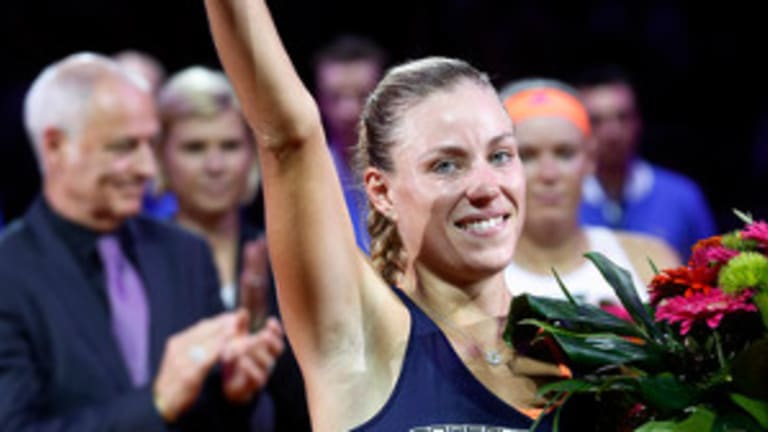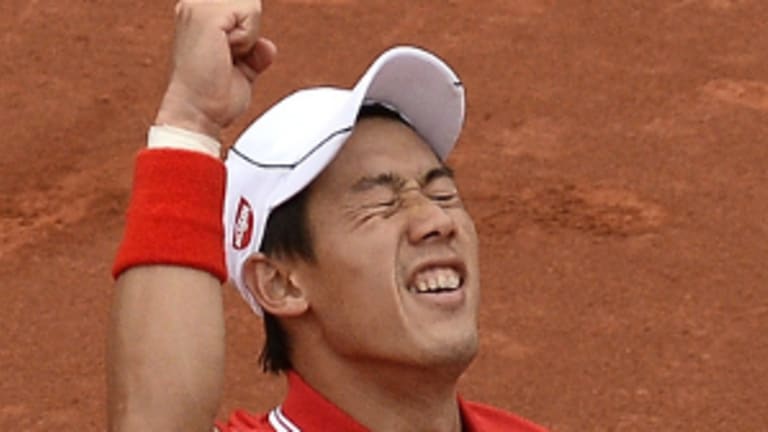What a difference a month can make. What a difference a coach can make. What a difference a fist-pump, instead of a shoulder-slump, can make.
In case WTA fans had forgotten any of those things in 2015, Angelique Kerber was there in Stuttgart this weekend to remind us that they’re all still true. With her gruelingly tense, 3-6, 6-1, 7-5 comeback win over Caroline Wozniacki in the final, the unseeded Kerber thrilled her home-country fans by winning her second tournament in the last four weeks. Not bad for a player who spent the early part of 2015 losing in the first round at the Australian Open, Antwerp, Doha, and Indian Wells, and often looking despondent while doing so.
By reversing that trend so rapidly and thoroughly, Kerber didn’t just light up the arena in Stuttgart, she brought a jolt of upbeat energy to the women’s tour. For the last month, we’ve heard a lot about unmet expectations and disappointing coaching partnerships. Eugenie Bouchard, Agnieszka Radwanska, Ana Ivanovic, Maria Sharapova, Petra Kvitova: Each of them has taken a step (or two) back so far this season. As of last month, Kerber appeared to be the last person who was ready to take advantage of their troubles.
Rather than find a new power-coach, Kerber went back to someone tried and true: She reunited with Torben Beltz, who had helped her first reach the Top 10, before they split in 2013. An old voice, and a new surface, did the trick: Since switching to clay, Kerber is 10-0 and has won two titles. In Charleston, she beat two Top 20 players, Andrea Petkovic and Madison Keys; in Stuttgart, she was even better, beating three women in the Top 10, Maria Sharapova, Ekaterina Makarova, and Wozniacki.


